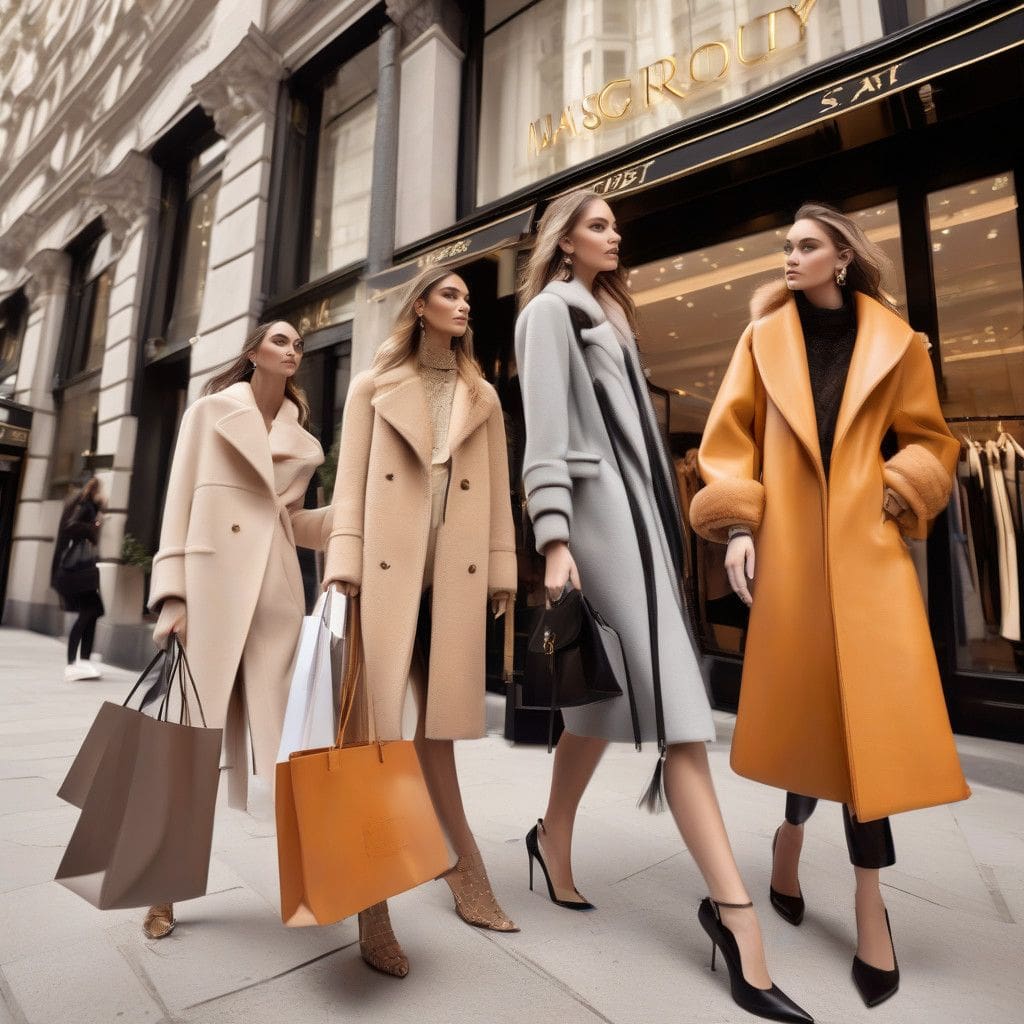In today’s market, a notable shift is underway—a growing number of direct-to-consumer brands are emerging as fierce competitors to traditional luxury brands. These so-called “dupe” brands are capitalizing on a crucial consumer sentiment: the feeling of being priced out of luxury goods. As luxury brands cater to the ultra-wealthy and fast fashion dominates the low-end market, middle-class consumers find themselves yearning for quality and style without the exorbitant price tag. With transparent pricing and an emphasis on social media marketing, these dupe brands are redefining consumer expectations in significant ways.
The term “dupe” originates from duplication, yet it also reflects a broader consumer frustration about the pricing strategies of established luxury brands. E-commerce correspondent Malique Morris highlights this sentiment succinctly: “Luxury brands have exponentially raised their prices for hip products in a way that is locking out middle-class shoppers who typically could splurge on a few nice bags or a few nice sweaters a year.” As luxury brands continually hike their prices, many consumers are left feeling confused and excluded.
This sentiment is catalyzing the rise of brands like Quince and Italic, which focus on affordability without compromising on quality. These brands offer products manufactured in the same factories as high-end brands but at a fraction of the cost. The price transparency they provide is refreshing for consumers who are struggling with rising living costs. Morris points out that, “Dupe brands are almost annoyingly transparent about pricing…that’s refreshing for middle-class shoppers who are seeing the prices of things like milk and eggs rise inexplicably.”
One of the defining characteristics of dupe brands is their deep engagement with consumers on social media platforms, particularly TikTok and Instagram. Influencers play a pivotal role in showcasing these affordable alternatives to high-end products, often leading to virality and a significant bump in sales. However, as with any trend, there is uncertainty regarding its sustainability. Morris warns that if consumer interest in dupes wanes, these brands may find their social media leverage diminishing quickly.
While price is currently the main attraction for dupe brands, they must evolve beyond simply being cheaper alternatives. They must cultivate a distinctive brand narrative and develop unique products that resonate with their audience. Morris encourages these brands to consider critical questions such as, “What is our storytelling? What are our products that are unique to us?” By answering these questions, dupe brands can differentiate themselves in a crowded market and move beyond the label of merely being cheaper versions of luxury goods.
The marketplace dynamics reshaped by dupe culture are not solely beneficial to consumers. They pose significant challenges for luxury brands as well. As these dupes become more mainstream, luxury brands are realizing they must articulate why their products justify high prices. Ignoring this shift could result in losing relevance among consumers who are increasingly reluctant to spend hundreds or thousands on luxury items.
Furthermore, the rise of dupe brands raises ethical questions regarding the sustainability of fashion and its impact on independent designers. The widespread availability of dupes has made it easier for consumers to access luxury aesthetics, but it has also complicated the business landscape for many contemporary designers. These independent creators struggle to compete against companies that replicate successful designs at lower price points.
In light of this evolving landscape, luxury brands are faced with a pivotal moment. They must respond to the growing consumer shift toward affordability and accessibility without alienating their traditional customer base. This means being more communicative about their pricing structures and emphasizing the value in craftsmanship, materials, and brand heritage. Moreover, luxury brands could benefit from investing in collaborations or limited-edition collections that appeal to a broader audience without completely drifting from their core identity.
Brands like Quince and Italic illustrate the power of direct-to-consumer strategies, merging quality with affordability, and capitalizing on the middle-class yearning for stylish products. As they reshape the market, consumers are adding a valuable layer to the conversation about value and quality in fashion.
As the battle between classic luxury and up-and-coming dupes intensifies, the landscape of fashion retail appears poised for transformation. The outcome of this clash will dictate the future of consumer expectations and reshape the fundamental principles of pricing in the luxury sector.












